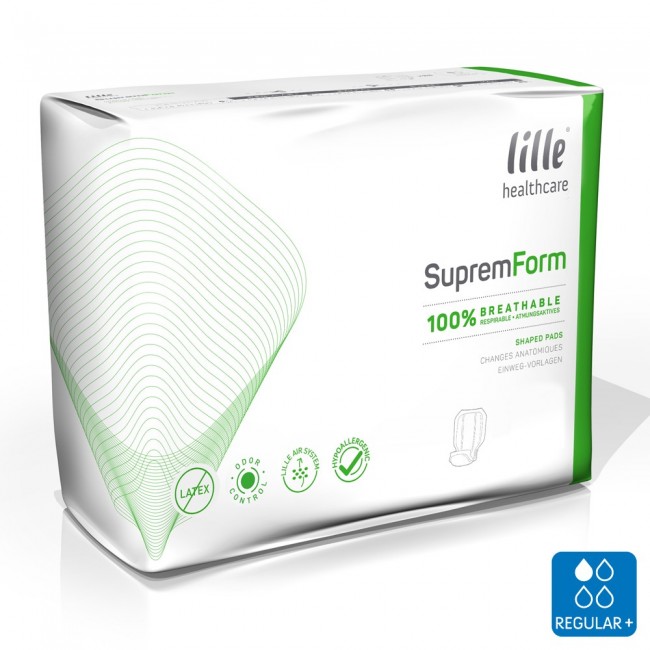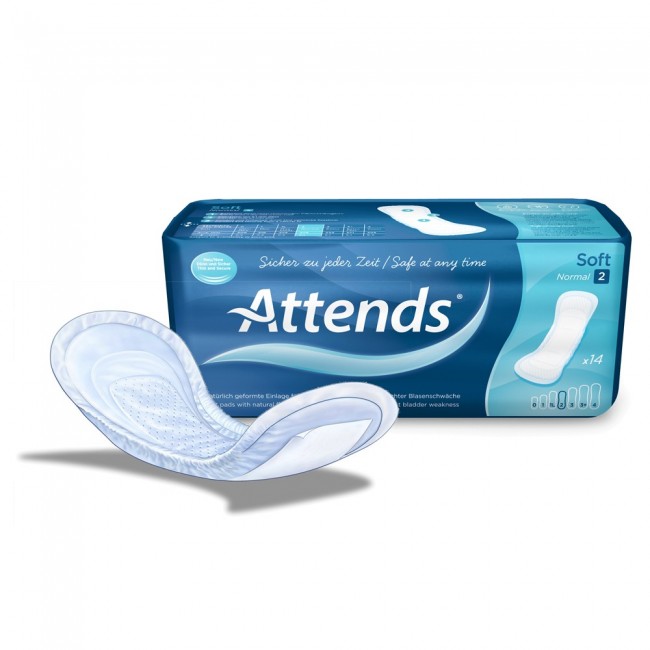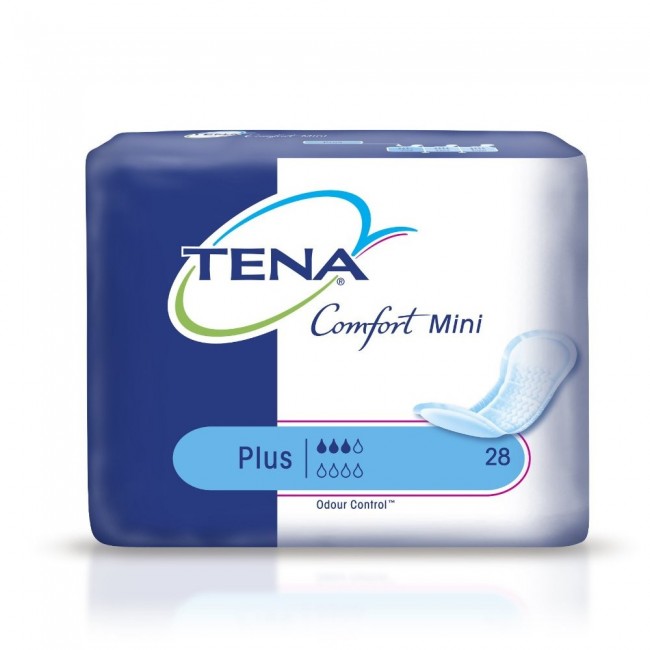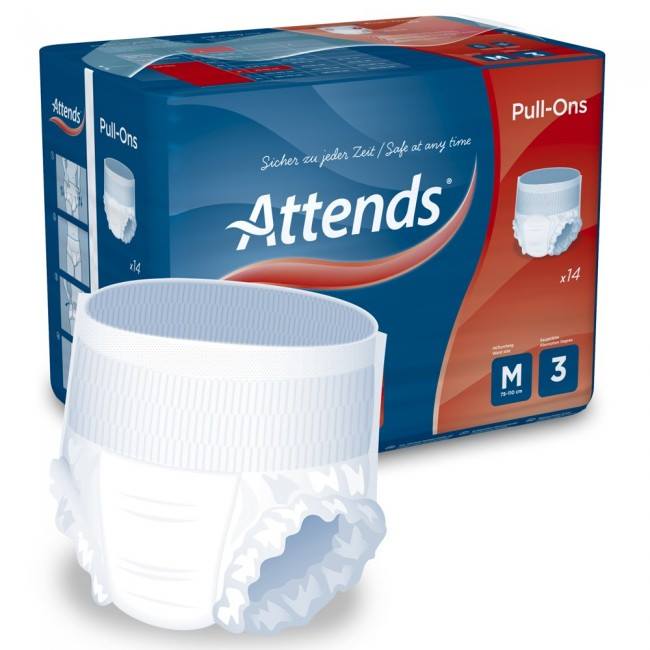Robotic Prostatectomy is becoming the most prominent choice for the surgical removal of prostate cancer. The popularity of the procedure has increased rapidly since its introduction in 2000.
This rise in popularity is due to Robotic Surgery being accurate and precise. During robotic surgery, there is less trauma to the pelvic muscles. Surgeons aim to minimize injury to the sphincter muscle when removing the prostate gland. Experts also agree that the Urologist is able to visualize the pelvic organs better than in Open Radical Prostatectomy. As Alliance Urology Specialist surgeon Lester Borden explains, “robotic prostatectomy patients receive the benefit of smaller incisions, which results in less postoperative pain, shorter hospitalization and quicker recovery”. Patients who undergo robotic prostatectomy have significant advantages such as less blood loss, less pain, shorter hospital stays and faster recovery times. This procedure is also designed to be minimally invasive. Recent results have shown the procedure to achieve similar outcomes to an open surgery method for removing cancerous tissue. A large proportion of men choose this procedure in that it is more effective in preserving long term urinary and sexual function.

What Occurs During Robotic Prostatectomy?
Robotic Prostatectomy takes place in an operating theatre under a general anaesthetic. This surgery method is a type of keyhole surgery also known as “da Vinci surgery”. During this procedure, a special machine is used to help the surgeon conduct the surgery. A 3D view of the procedure can be magnified up to 10 to 12 times. This ensures the method is reliable and accurate. During this surgery, the surgeon makes 5 small cuts in your abdomen. Instruments and cameras are then inserted through the cuts to do the surgery. Master controls are used to move the instruments on the patient unit. This translates any movements from the surgeon into much smaller movements of the machine. This technology prevents any accidental movement, allowing tiny, accurate action. With robotic assistance, cutting and putting in stitches is much easier than Open Radical Prostatectomy.
Leakage after the Surgery: What to Expect
Robotic Proctectomy has been designed to avoid causing long-term damage to urinary function. However, experts assert that it is normal and common for men to leak urine for the first few weeks after having the procedure. Erectile dysfunction is another possible side effect of surgery, which is usually temporary and can be managed with medication until it resolves over time. A urinary catheter is put in place and is typically removed after seven days. Temporary incontinence occurs due to the sphincter muscle becoming damaged during the surgery. However, this incontinence is not likely to be heavy or consist of complete loss of bladder control. The most common types of incontinence developed after the surgery are stress incontinence and urge incontinence.
The good news is that as you heal from your surgery, the control of urine returns in the majority of cases. Researchers believe that a man’s age plays an important role in determining how much urine they will leak. Other determining factors include your overall health and any damage done the sphincter muscle before. The fear of leaking however often outweighs the reality. The ratio of patients cured of urinary incontinence at one year after open surgery is well over 90%. Dr Catalona asserts, “permanent incontinence occurs rarely with an experienced surgeon”. Dr Catalona explains that surgeons are being trained to know the anatomy in the area of the operation and be gentle to prevent as much trauma and bleeding as possible. The Journal of the American Medical Association found that 8% of patients remained mildly incontinent 18 months or longer after surgery. It is estimated that only 1 and a half percent of patients have severe incontinence after 18 months. After that time period, little improvement is expected.
Recommended Products for Urinary Incontinence
Lille Suprem Form
- Hypoallergenic
- Body contoured incontinence pads
- Ideal for light incontinence
Range from £6.50 to £7.90
Shop on Allanda
Lille Suprem Form
- Hypoallergenic
- Body contoured incontinence pads
- Ideal for light incontinence
Range from £6 to £7.15
Shop on Incontinence Supermarket
Attends Soft
- Comfortable Body Shaped Pads
- Textile Back Sheet
Range from £1.08 to £8.14
Shop on Incontinence Supermarket
Managing Incontinence after Robotic Prostatectomy
After the procedure, kegel exercises are recommended by experts as a safe option for improving symptoms. You can learn how to do kegel exercises here. After surgery and after removal of the catheter, you should do this exercise in sets of ten, four times a day. Dr Samadi encourages patients to even do these before surgery to work as pre-conditioning.

Doctors also recommend behaviour modification as a natural, healthy treatment method. This involves making a number of lifestyle changes that will reduce your leakages. These include limiting fluid intake at night time and avoiding bladder irritants such as caffeine and alcohol. Quitting smoking to reduce coughing and bladder irritation can also reduce the pressure placed on the bladder. Spicy foods, carbonated drinks and citrus fruits can also worsen your symptoms and should be avoided.
Doing gentle exercise is also helpful to ensure your weight does not put additional pressure on the bladder. However, you should avoid over-exercising after your surgery. This has been proven to slow down the healing and stretching. Straining and heavy lifting are also discouraged for the first four weeks after surgery.
If you suffer from moderate to severe incontinence 18 months after surgery, you should contact a professional and seek immediate medical attention. When these conservative treatment methods are ineffective, you should consider surgery. Your options include an artificial sphincter, bulking agents or sling surgery. A Doctor can talk to you about your individual situation and choose a method that is ideal for you. You can learn more about different options of bladder surgery here.
Experiencing incontinence can be difficult, however you should remember that there are treatment methods available.

TENA Comfort Mini
- Small, reliable pads
- Ultra White Dry System
Range from £2.85 to £6.12
Shop on Incontinence Supermarket
Attends Pull Ons
- Close fit to the body
- Feel just like normal underwear
Range from £10.11 to £21.19
Shop on Incontinence Supermarket
Attends Pull Ons
- Close fit to the body
- Feel just like normal underwear
Range from £10.11 to £20.99
Shop on Allanda
Originally posted 2018-03-28 15:44:02.
















Leave a Reply